A study on Olivine, the "best friend" of... diamonds
ETH geologists have discovered a new method to estimate the presence of diamond in kimberlite: it all depends on the chemistry
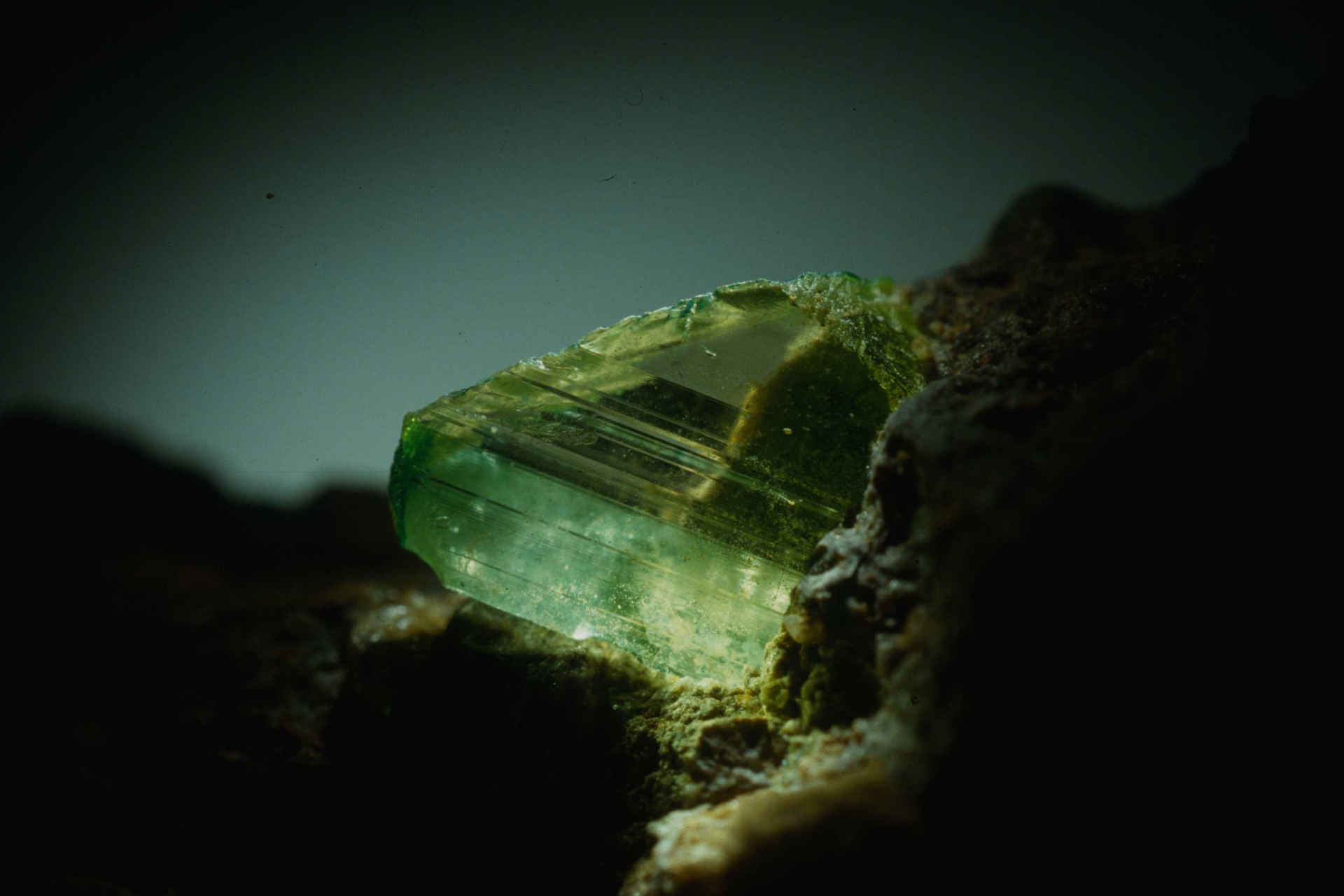
I diamonds they are girls' best friends, sang the diva Marylin in the 1953 film "Gentlemen Prefer Blondes", but they are also damn hard to find.
It is estimated that to obtain one carat of diamonds, corresponding to 0,2 grams, it is necessary to mine at least 3 and a half tons of rock. But the geologists of the Zurich Polytechnic and University of Melbourne have discovered a new tool for determining the probability of finding diamonds by studying the chemical composition of kimberlite, the “mother rock” of precious gems.
The research team of Andrea Giuliani, from the Institute of Geochemistry and Petrology of the ETH, discovered that diamonds also have a best friend: it isolivine, the green mineral that makes up about half of kimberlite.
According to the results of the study, which immediately aroused great interest from professionals, the presence of diamonds in the rock is directly linked to the chemical composition of olivine. And the olivine method it is much simpler and faster than those traditionally in use.
New artificial muscles: lighter, safer and more robust robots
The revolutionary sensors that can save millions of batteries
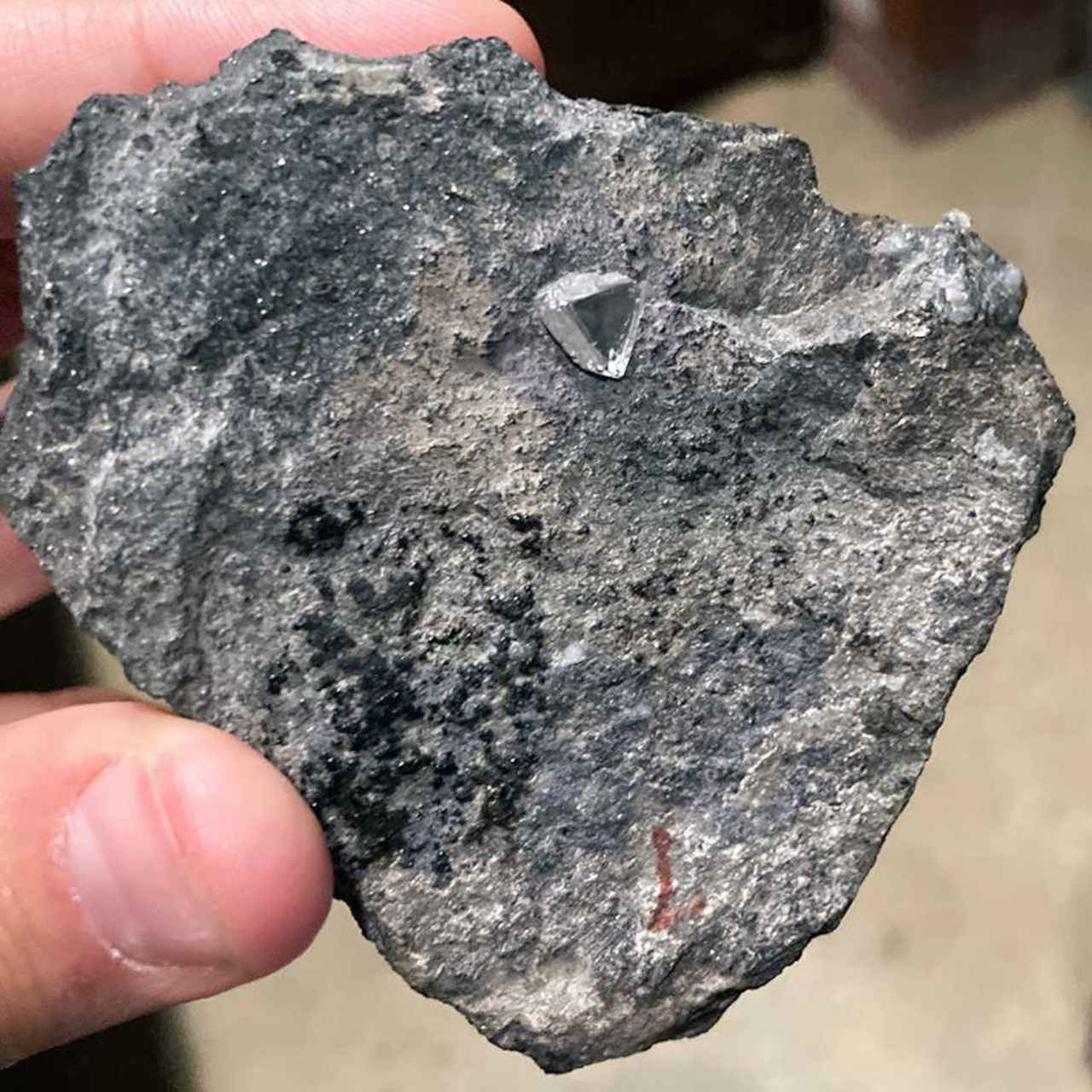
Nothing is as difficult as finding a diamond
"There is no method that guarantees finding diamonds", explains Andrea Giuliani, Senior Scientist at the Institute of Geochemistry and Petrology of the Technical University of Zurich, “nothing is as complicated as finding and mining diamonds".
The hardest of the known minerals is also among the most difficult to find: the purest carbon gemstones have employed millions of years to form, and they are very rare. Furthermore, diamonds originate in the Earth's mantle, at an estimated depth of more than that 150 kilometers: if it weren't for the kimberlite, the magmatic rock that incorporates them and brings them to the surface via volcanic conduits, perhaps we wouldn't even know they existed.
Professor Giuliani studies the formation of diamonds since 2015, when he was still at the University of Melbourne, and analyzed a huge amount of samples of kimberlite, a bluish-black rock that is almost as rare as the precious gems it carries.
In fact, it is found only on very ancient continental blocks, which have remained geologically unchanged for billions of years. “Looking for a kimberlite is like looking for a needle in a haystack“, explains the researcher today on the banks of the Limmat, “once you've found it, then the arduous search for diamonds really begins".
Fili Pari, new "sustainable" fashion items are born from marble
Artificial intelligence and holograms: the new frontier of healthcare
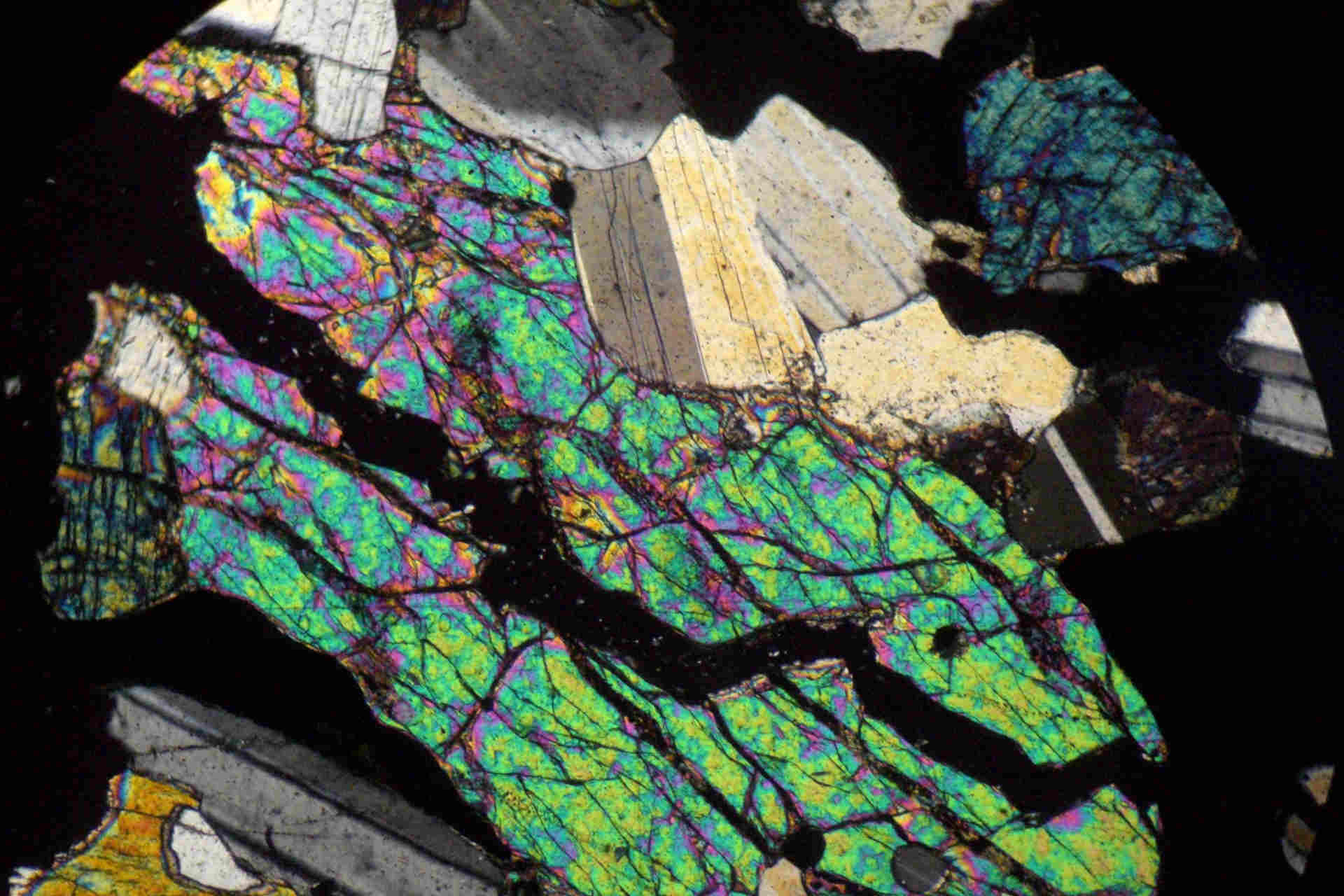
Where there is iron there are no diamonds: the study
Andrea Giuliani and his colleagues fromETH have just developed a method that could make the search for diamond deposits much easier: the process, described in a study published in Nature Communication, is based on the chemical composition of kimberlites. These rocks, in fact, are made up of approximately half of olivine, a mineral composed in variable proportions of iron and magnesium which has turned out to be an excellent ally in the search for diamonds.
Well, researchers have found that there is a clear relationship between the composition of olivine and the presence of diamonds"In rock samples where the olivine was very rich in iron, there were no or very few diamonds“, explains Giuliani.
The researchers reached this conclusion by passing through a complementary approach to the traditional one: instead of evaluating the diamond potential of kimberlites based on the evaluation of the most suitable lithologies and the pressure and temperature conditions of the minerals, they found the solution starting from the analysis of a particular phenomenon that "destroys" diamonds, metasomatism.
It is a process chemical transformation of rocks which occurs following interaction with fluids of magmatic or metamorphic origin, during which some minerals are literally replaced, totally or partially, by other compounds.
Sustainability of the mining industry: an increasingly urgent challenge
TeRABIT, the data highway for Italian scientific research
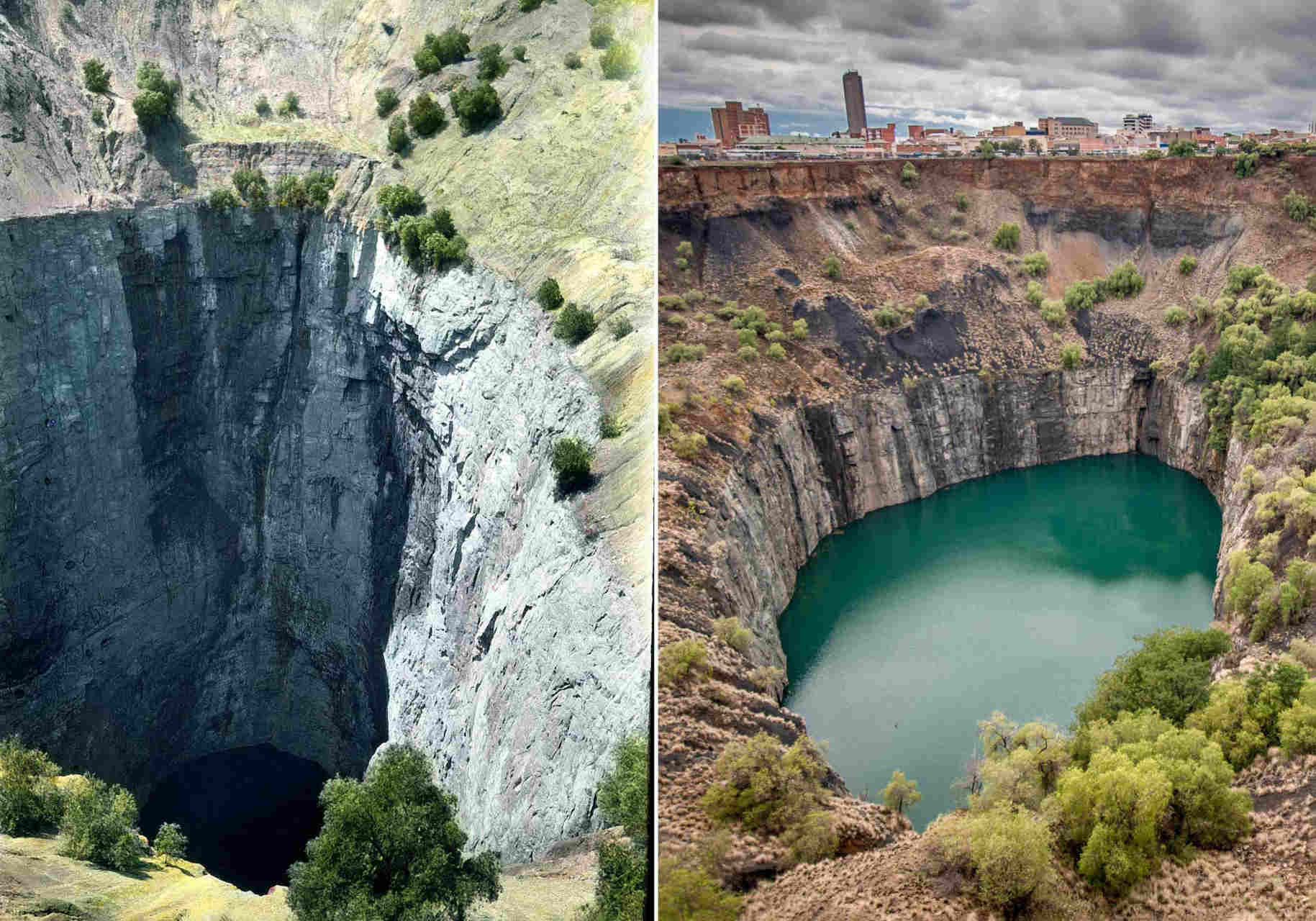
Olivine and diamonds: what happens deep down?
Scientists have examined the effects of metasomatism on diamonds, and they discovered that olivine becomes richer in iron where melting penetrates the mantle and changes the composition of rocks significantly, a process that occurs precisely at the depths where diamonds form.
Le infiltration which make olivine richer in iron, scientists explain, also destroy diamonds. On the contrary, if only a small amount of fluid penetrates the lithospheric mantle (and therefore no metasomatism occurs), olivine contains more magnesium. And, in that case, there are diamonds.
"Our study demonstrates that diamonds remain intact only when kimberlites drag up mantle fragments that have not interacted extensively with the previous melt“, explains Giuliani.
The point is that kimberlites rarely reach the surface in a single movement, most of the time it is a long process that it can even repeat several times: kimberlites begin to rise as a liquid mass, collect mantle fragments along the way, cool and stop. “It is a real process of fusion, ascent and solidification", explains the Italian researcher, "and this one has a destructive effect on diamonds".
New fuels from artificial photosynthesis on soap bubbles
Photogallery, all the original works of the "AI Hope Machine"
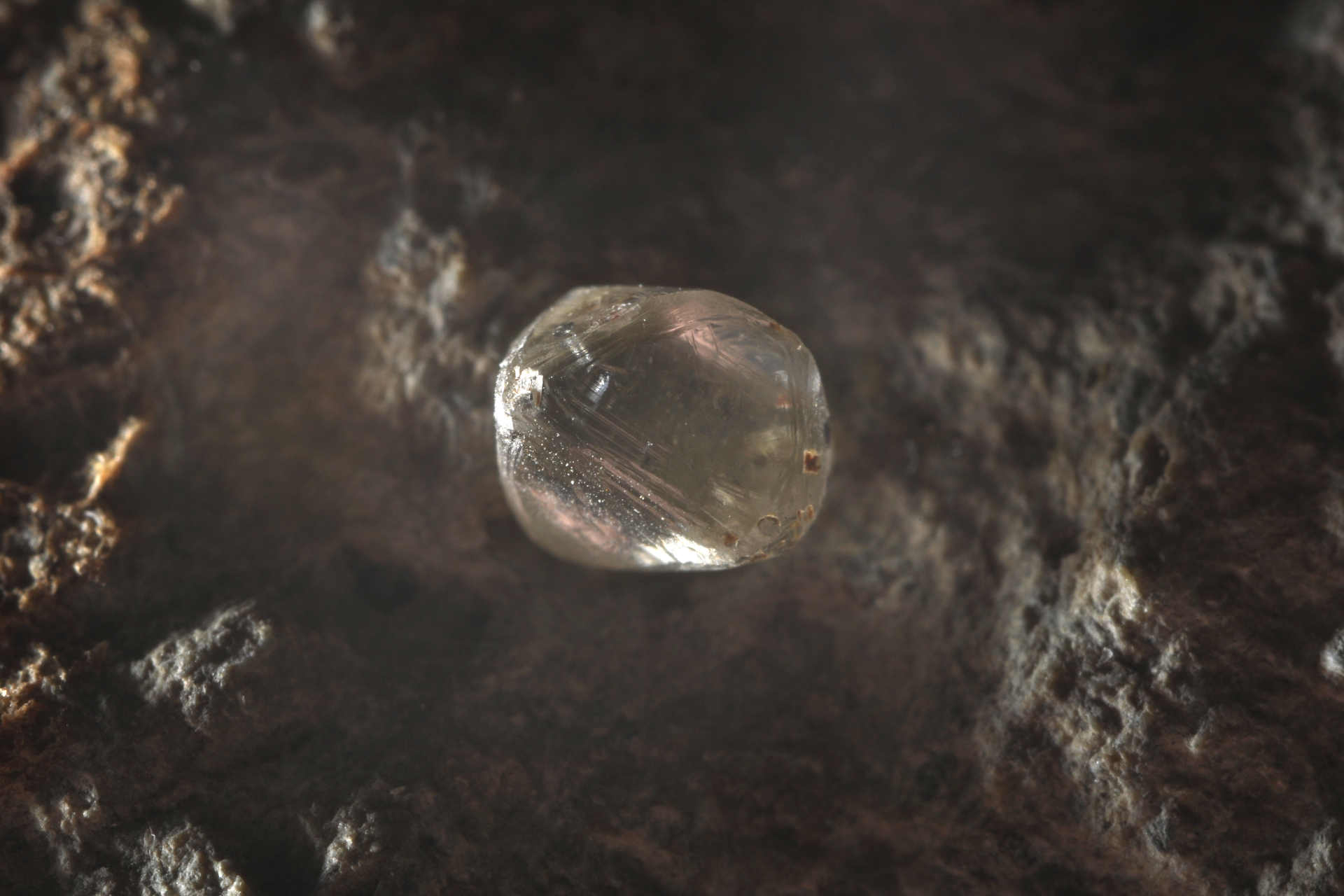
De Beers is already using the olivine method
As the study states, “the high diamond density in kimberlites around the world is uniquely associated witholivine with high magnesium content, which corresponds to the mantle lithosphere minimally affected by metasomatism linked to kimberlites”. In short, olivine geochemistry is a more than valid tool for diamond searching.
Olivine analysis is as reliable as previous prospecting methods, which rely mainly on the minerals clinopyroxene and garnet, but it is a simpler and faster method: a few analyzes are enough to get an idea of the presence or absence of diamonds in a given kimberlite deposit.
"The beauty of this new method is not only that it is simpler, but also that it finally allows us to understand why previous methods worked“, says Giuliani again.
"De Beers is already using this new system“, concludes the Professor. The large diamond producer, which operates in 35 countries and whose mines are located in Australia, Canada, South Africa, Namibia and Botswana, which had provided some kimberlite samples for the study, was interested enough in the discovery to co- finance research together with Swiss National Science Foundation.
The olivine method, so effective in directing diamond searches in primary kimberlite deposits, could save the extraction of tons of rocks: a great advantage for producers but also a relief for this worn-out planet.
Here's how AI is revolutionizing purchasing behavior
The future is phygital, and fashion brands are leading the way…

You may also be interested in:
Taam Ja' is the deepest “blue hole” in the world: the discovery
Marine cavity probed off Yucatan Peninsula, found four times deeper than previous record-breaking sinkhole in Belize
In Brazil the first meeting in the world between biosafety and synchrotrons
In Campinas, a NB4 level maximum biological containment laboratory will be connected to the light sources of a particle accelerator
In Alto Adige today EDIH NOI is the new point of reference for AI
4,6 million euros from the PNRR fund will be allocated to Bolzano for services to local companies in the digitalisation of intelligence…
by Editorial staff Innovando.NewsEditorial staff of Innovando.News
Austria, Germany and Switzerland for "more innovative" cargo railways
DACH Ministers Leonore Gewessler, Volker Wissing and Albert Rösti: the introduction of Digital Automatic Pairing is a key element
by Editorial staff Innovando.NewsEditorial staff of Innovando.News




